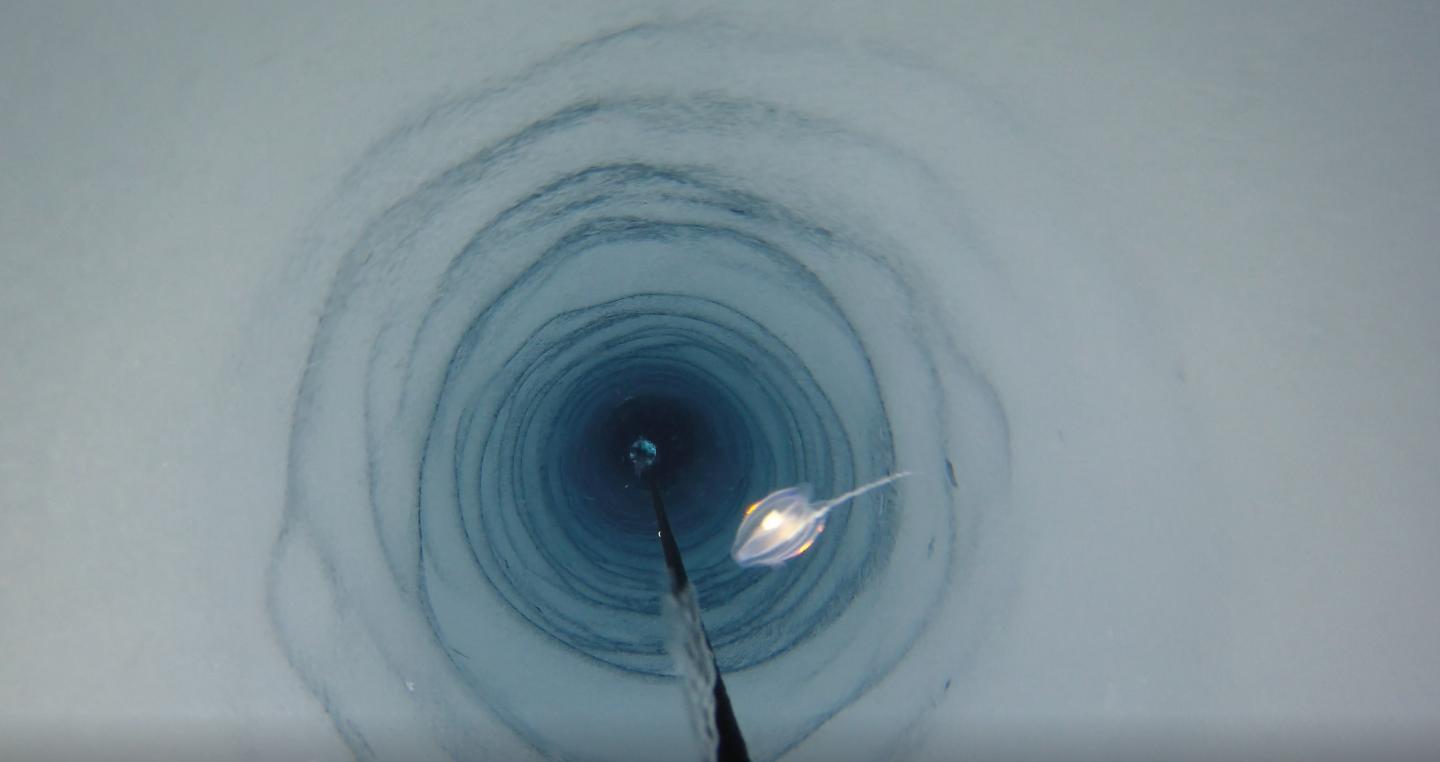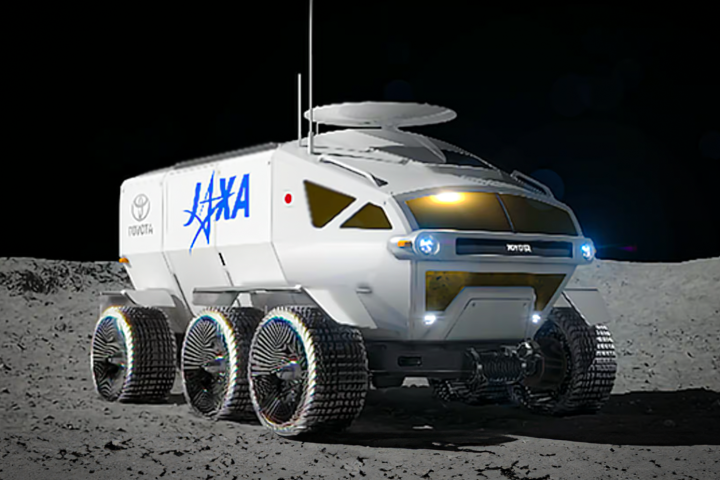If you were a marine animal that just sat and waited for food to drift by, you might not choose to live in a place where little life is believed to exist. Nonetheless, such critters have recently been found deep beneath an Antarctic ice shelf.
The discovery was made accidentally, when geologists from the British Antarctic Survey were drilling a borehole through the Filchner-Ronne Ice Shelf to collect sediment samples.
Once they had made their way through the shelf – which is about 900 meters thick (2,953 ft) – a light-equipped video camera revealed a boulder on the seabed. Although the environment was pitch-black, had a water temperature of -2.2º C (28º F) and was 260 km (162 miles) from the open ocean, that boulder was covered in stationary filter-feeding animals.
The creatures were similar in appearance to sponges, although it's possible that some may be previously undiscovered species. And while past expeditions have found small mobile animals like krill, fish, worms and jellyfish in such environments, those creatures are able to move from place to place in their search for food.
By contrast, the sponge-like animals appear to stay on the boulder full-time, subsisting on whatever particles or tiny organisms drift past in the current. Importantly, the scientists estimate that based on water currents in the region, the rock is located up to 1,500 km (932 miles) upstream from the closest source of photosynthesis.

It's possible that the creatures may feed on nutrients from glacial melts or chemicals from methane seeps, but further research will be required in order to determine if that is indeed the case. And given how difficult it will be to obtain actual biological samples, the mystery may remain for some time yet.
"Our discovery raises so many more questions than it answers," says the lead scientist, Dr. Huw Griffiths. "How did they get there? What are they eating? How long have they been there? How common are these boulders covered in life? Are these the same species as we see outside the ice shelf or are they new species? And what would happen to these communities if the ice shelf collapsed?".
The research is described in a paper that was recently published in the journal Frontiers in Marine Science.
Source: Frontiers via EurekAlert





